Cat Magazine
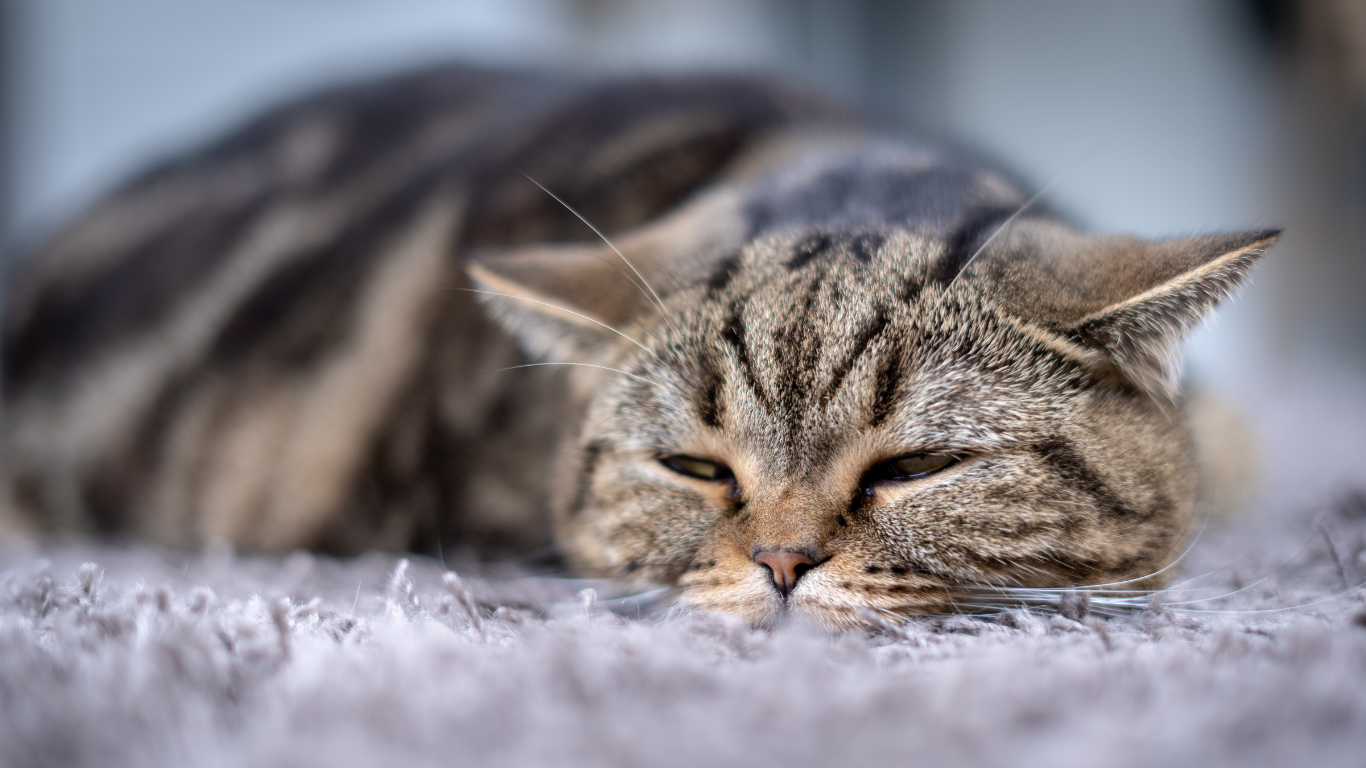
Diabetes in cats: causes, symptoms and therapy
Diabetes is a hormonal metabolic disorder that occurs very frequently in cats, also in combination with other hormonal metabolic disorders such as overactive thyroid ( hyperthyroidism ). In con...
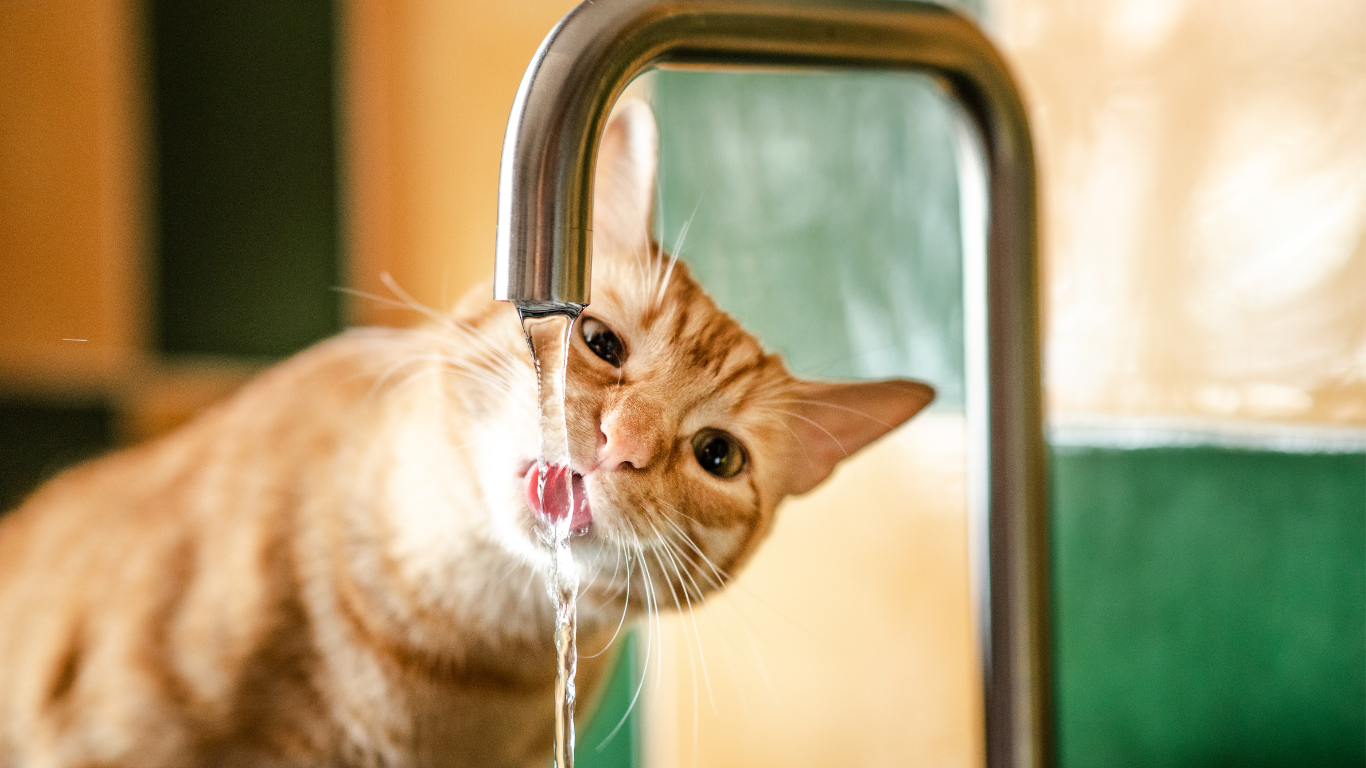
Increased thirst and urine production in cats
If a cat is unusually thirsty, which leads to a significantly increased water intake, this is called polydipsia. This causes increased urine production, called polyuria, which subsequently lead...
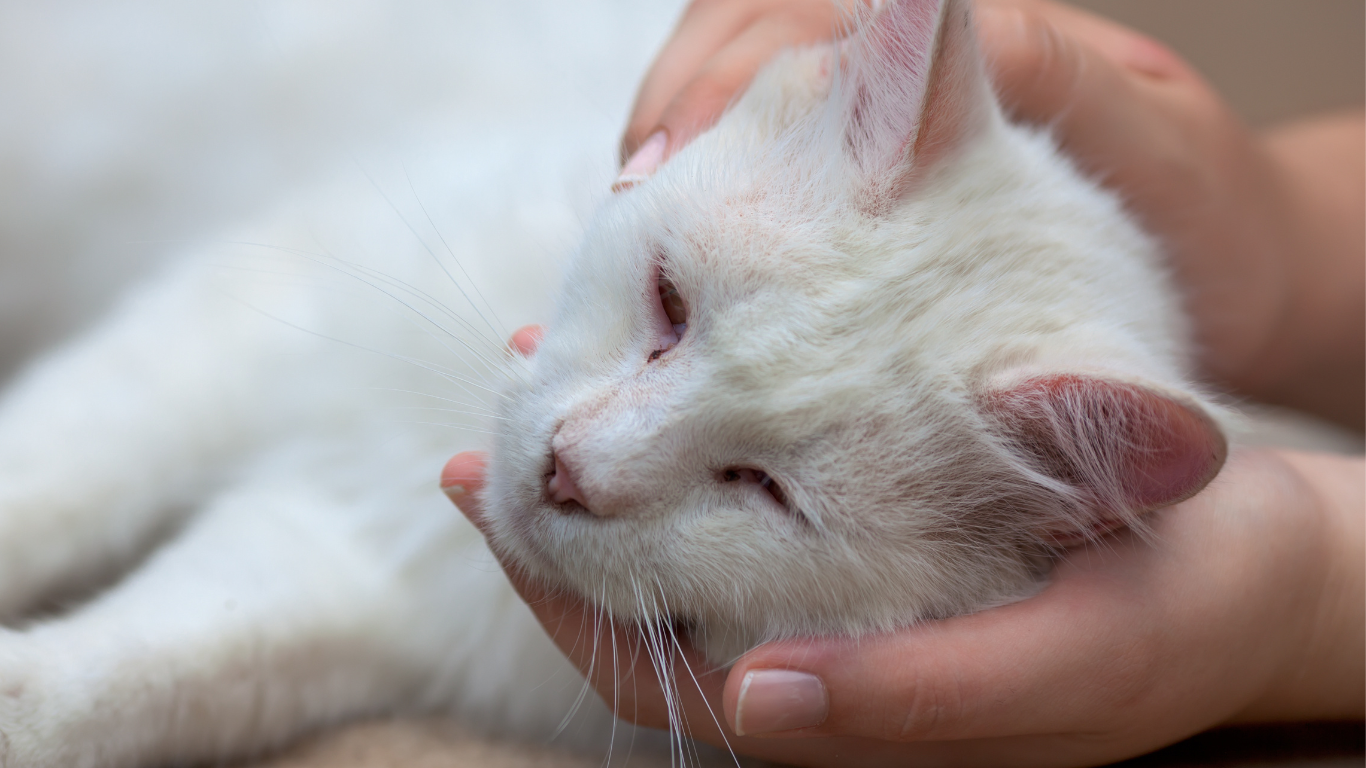
Fibrosarcoma in cats
Fibrosarcoma is the most common skin tumor in cats and accounts for approximately 40 percent of all skin tumors. It is a very aggressive, malignant tumor of the connective tissue of the skin th...
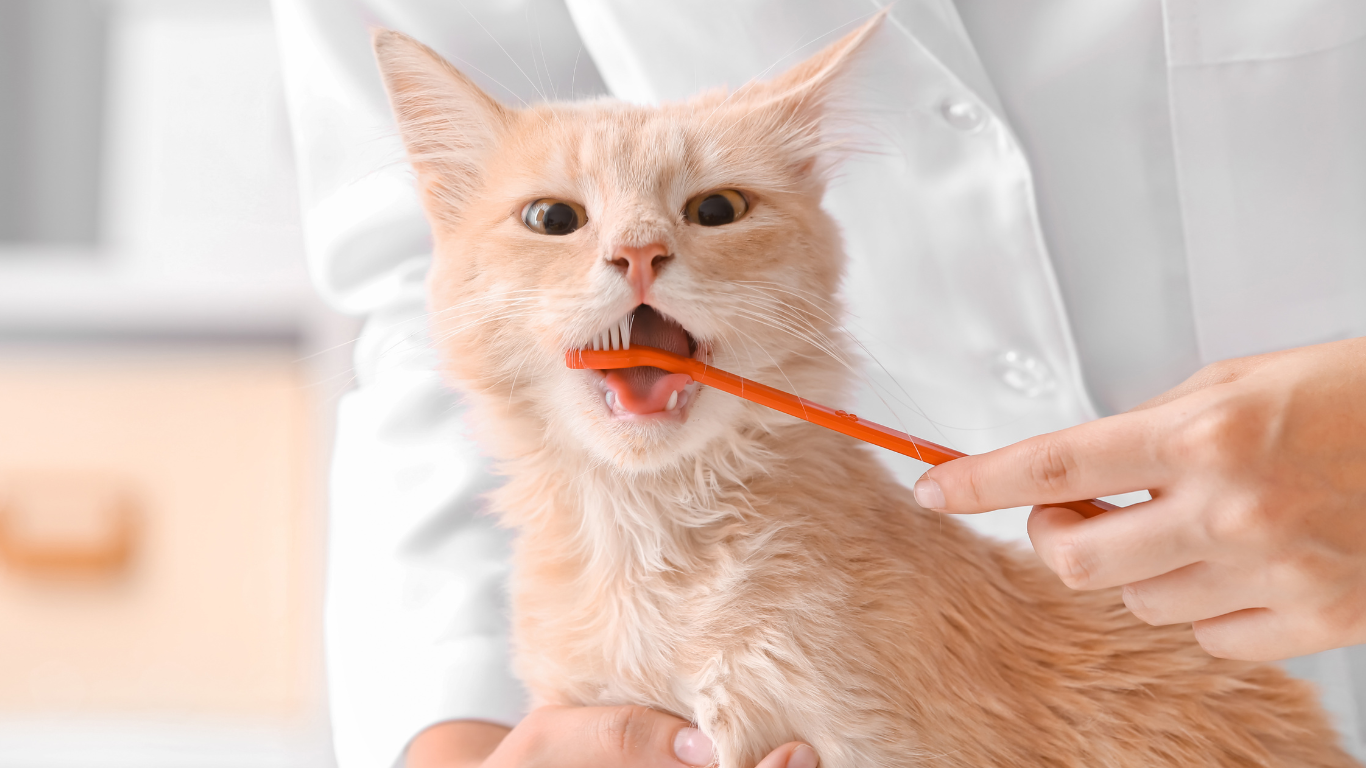
Bad breath in cats
Cat bad breath, also known as foetor ex ore, occurs in many cats and can have a variety of causes.
Causes of bad breath in cats
Young cats can experience temporary foetor ex ore when...

Inflammation of the anal gland in cats
What are anal glands?
Similar to dogs, cats also have anal glands to the left and right of the anus.
These small glands produce an oily and smelly fluid that is normally emptied during de...

From kittens to seniors: Why regular veterinary examinations are essential
When a new cat comes into the house, you should first give it a certain amount of time (one to two weeks) to get used to it. In advance, it is advisable to find out about the behavior of cats...
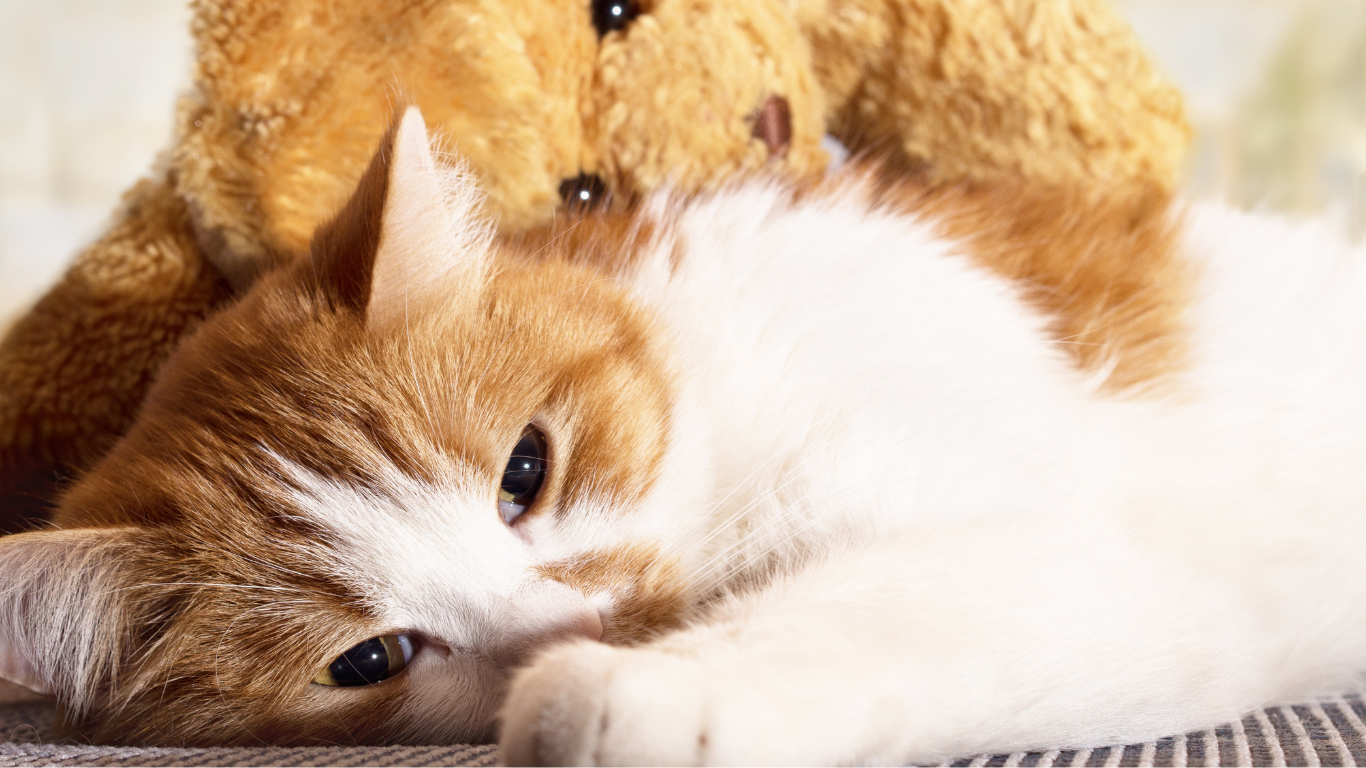
Blood in cat feces
Blood in feces in cats – what could be the causes?
The causes of blood in cat feces are very diverse .
First of all, the color of the blood must be distinguished.
Fresh, bright red bl...
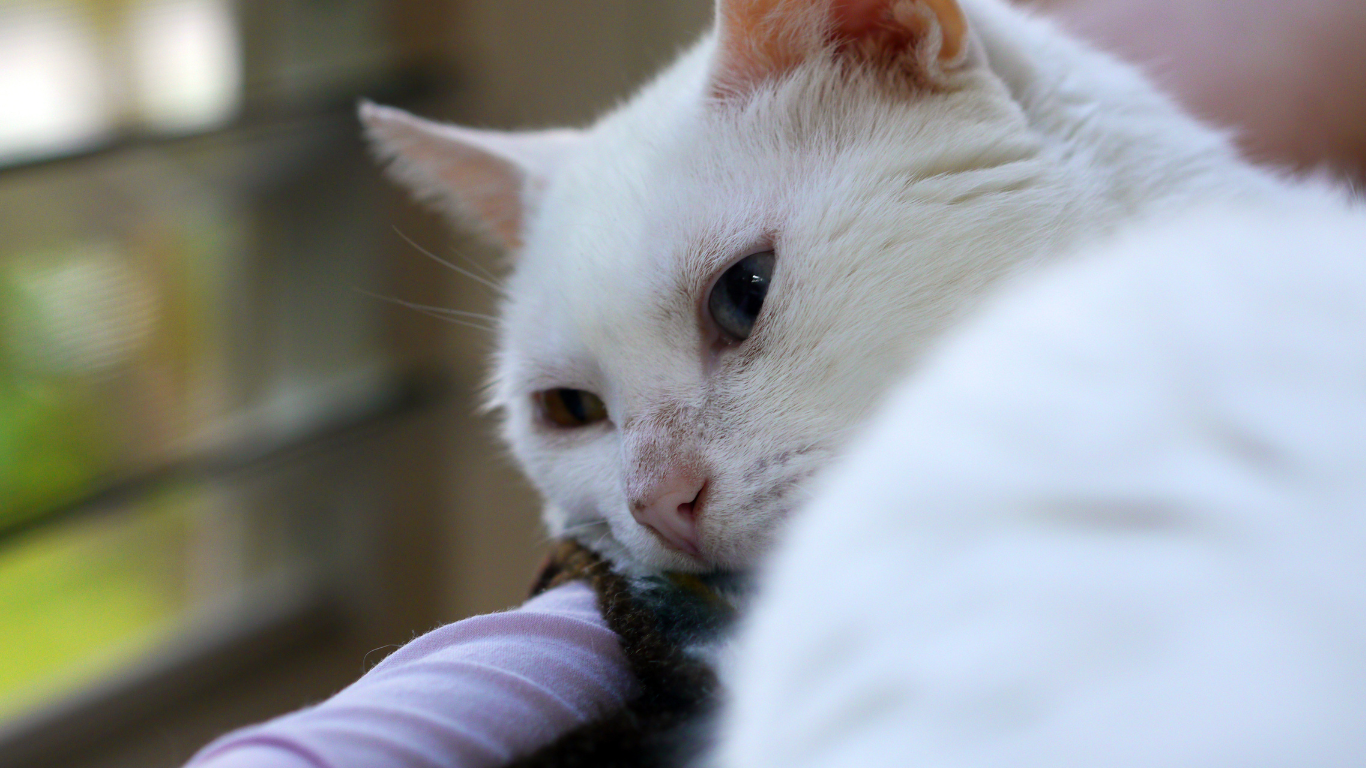
Hyperthyroidism in cats
The cat's thyroid is a hormone-producing organ and consists of two lobes that are difficult to feel when healthy. It is located at the front of the neck on the right and left of the trachea and...







